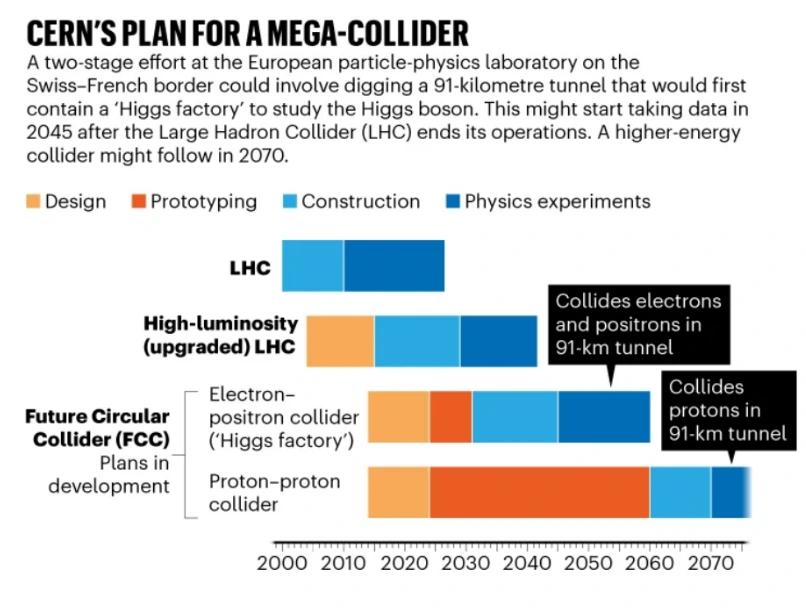![]() 2 Apr 2025
2 Apr 2025

The Feasibility Study Report assessing the feasibility of a possible Future Circular Collider (FCC) has been published recently.
 Location: The particle collider ring will be placed along the French-Swiss border and below Lake Geneva
Location: The particle collider ring will be placed along the French-Swiss border and below Lake Geneva
About European Council for Nuclear Research (CERN)
|
|---|
<div class="new-fform">
</div>
